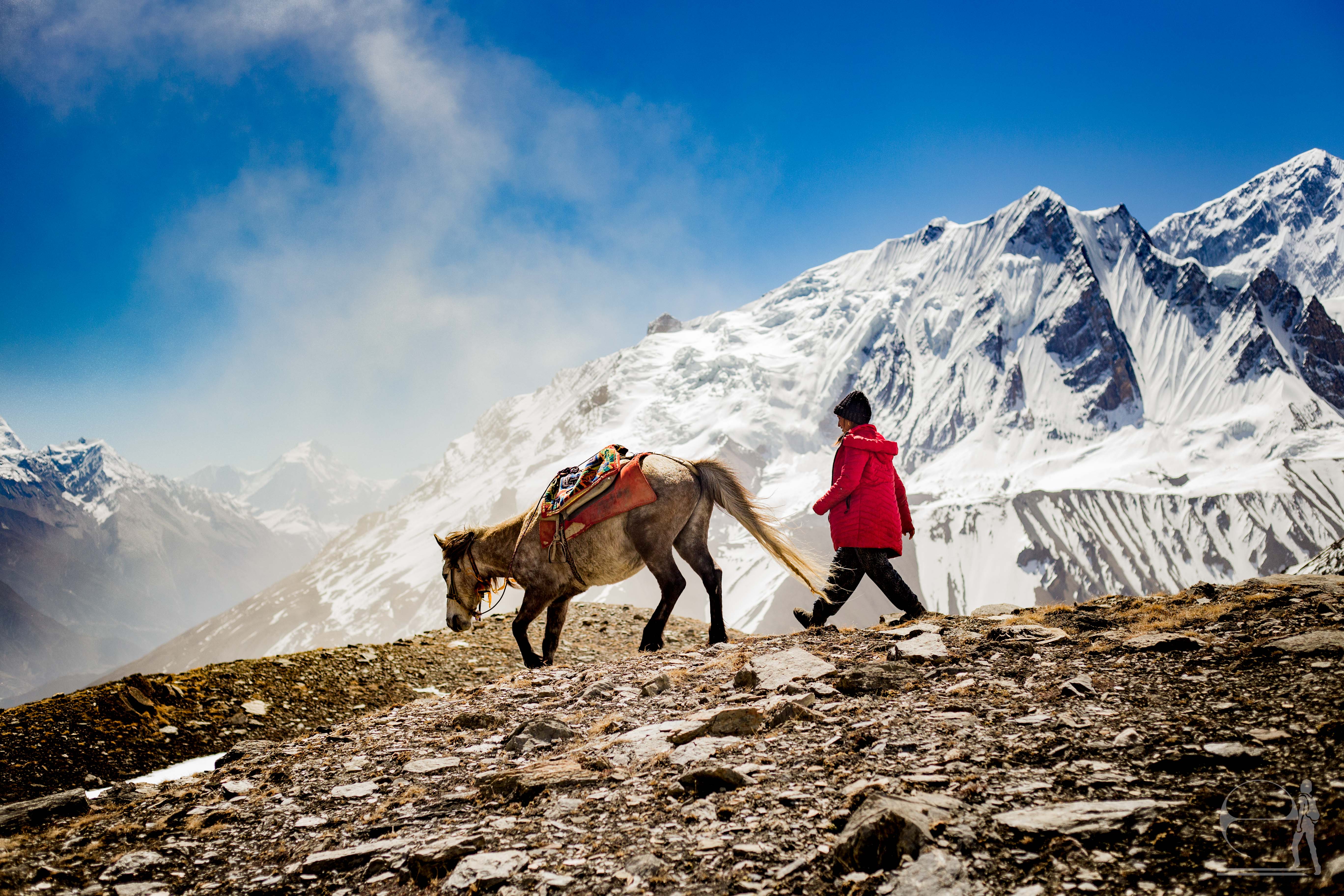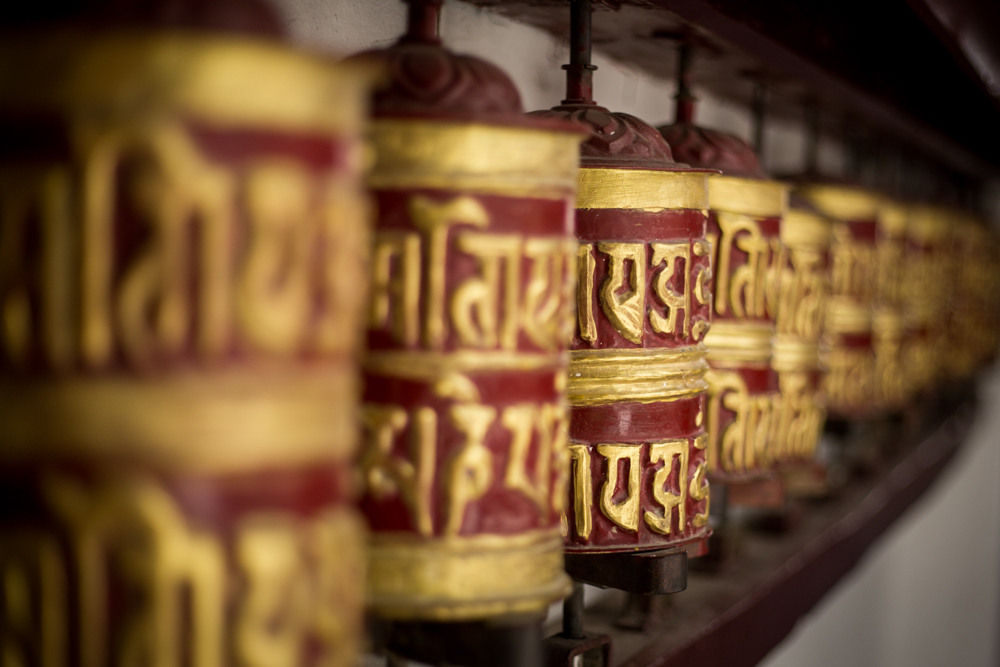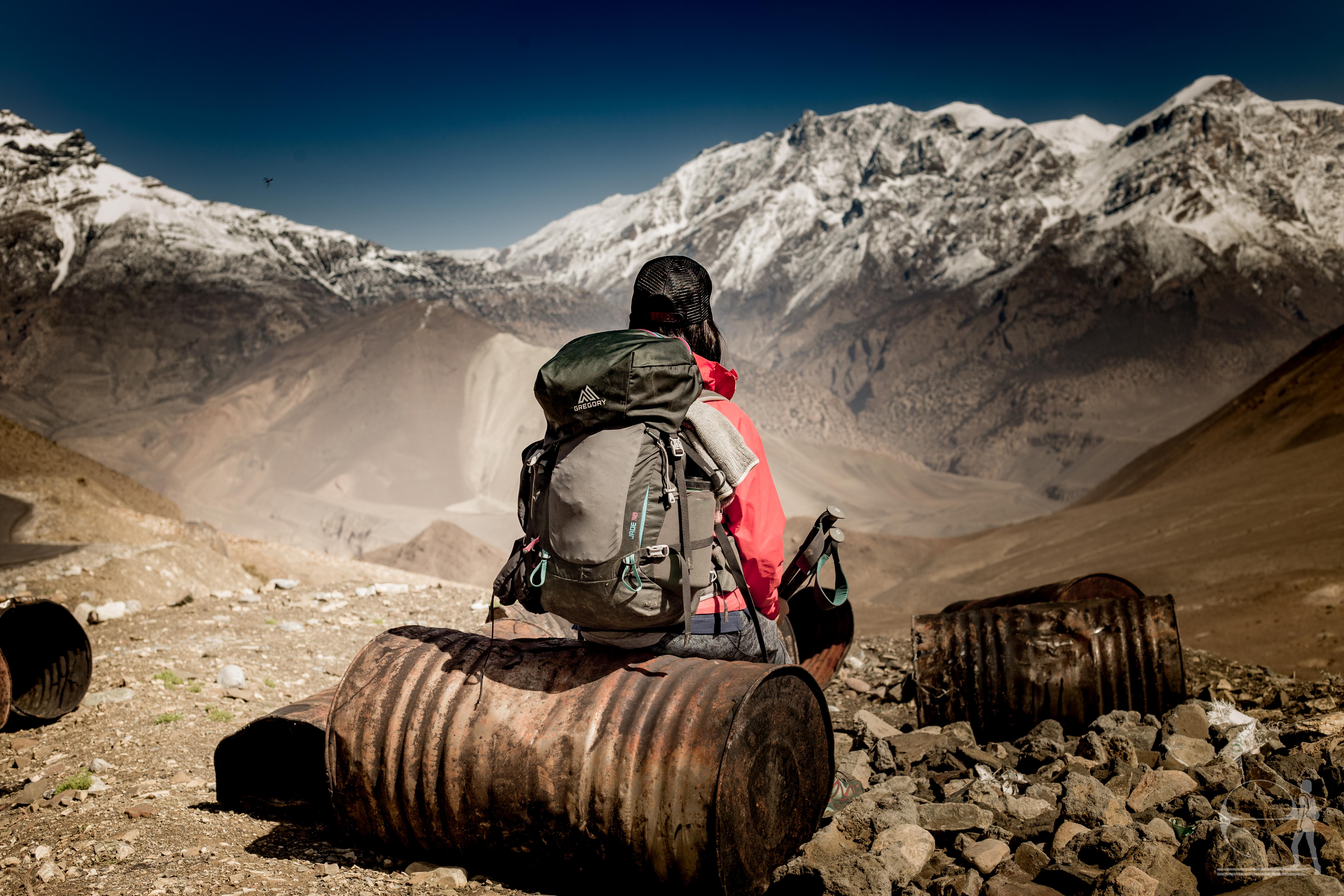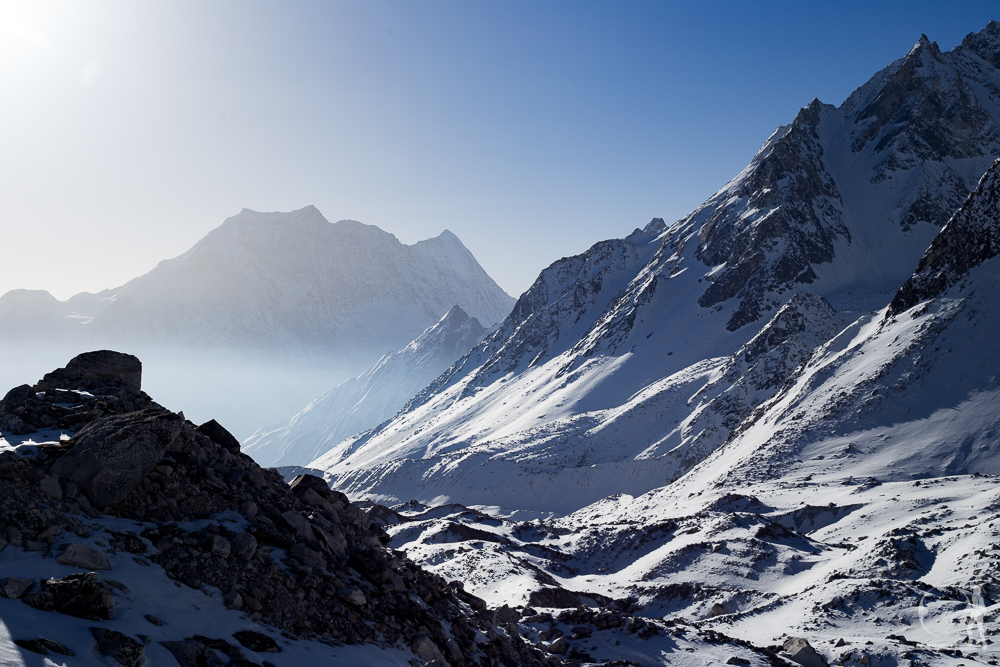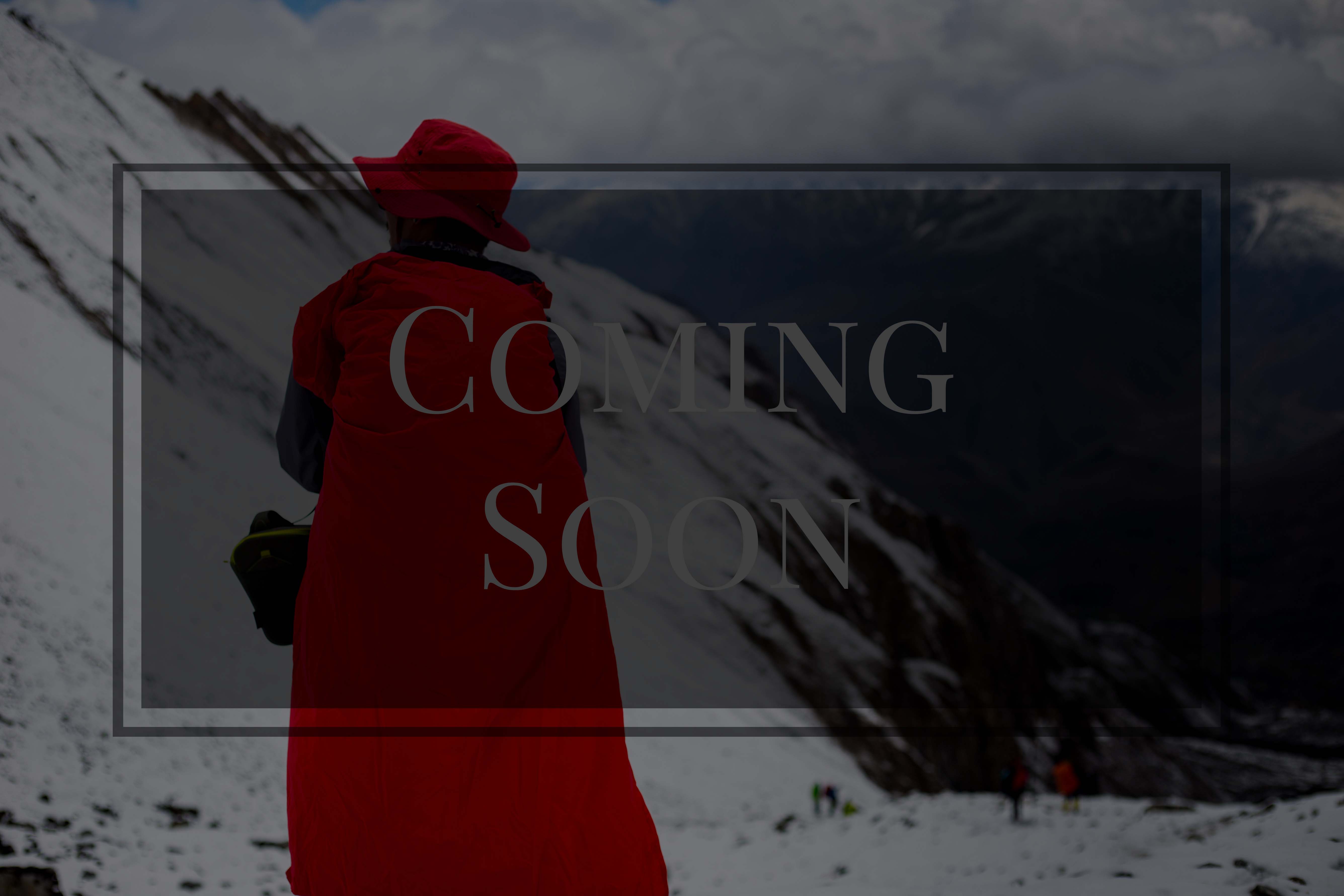/ Layering 101
5. How can I get trekking clothes without breaking the bank?

Outdoors clothing is expensive. I mean, just ask my climbing buddies. We lovingly joke about “Patagucci” (Patagonia) and “Prada” (Prana) all the time. That being said, it’s worth it since we’re outdoors for the long haul. However, if your trek in Nepal is the only time you plan on doing an activity of this sort, it might not be worth the monetary investment.
So what are the alternatives? You can usually buy cheaper, quality knock-off gear (“North Fake,” etc.) in Kathmandu or Pokhara in Nepal. These will serve you well for the duration of your trek. This is a low- to mid- range alternative.
Or, you can think a bit outside the box. This is the cheapest alternative, though your clothes might not be as Instagrammable. This last bit is inspired by the MITOC Winter School lectures.
Start by asking: besides all the branded synthetic materials, what are some other non-cotton alternatives? Here’s a short list:
- Underwear: Victoria’s Secret nylon panties (for the ladies)
- Base-layer: Synthetic workout tops and leggings (you probably already have these)
- Base-layer: Uniqlo HeatTech tops and long underwear
- Mid-layer: Cheap fleece pajamas (tops and bottoms)
- Insulating mid-layer: Wool (the thick scratchy kind, you might already own these or cardigans)
You can use these creatively to replace the layers described above. They’re functional, just maybe not as stylish or comfortable.
As for your rain layers, you can invest in a plastic poncho (or trash bag, though this is less durable). This has the added benefit of fitting over your backpack and keeping it dry as well. It won’t work well in high winds, but the side slits give it excellent ventilation.
If you need help figuring out any clothing alternative, feel free to get in touch or comment below!

